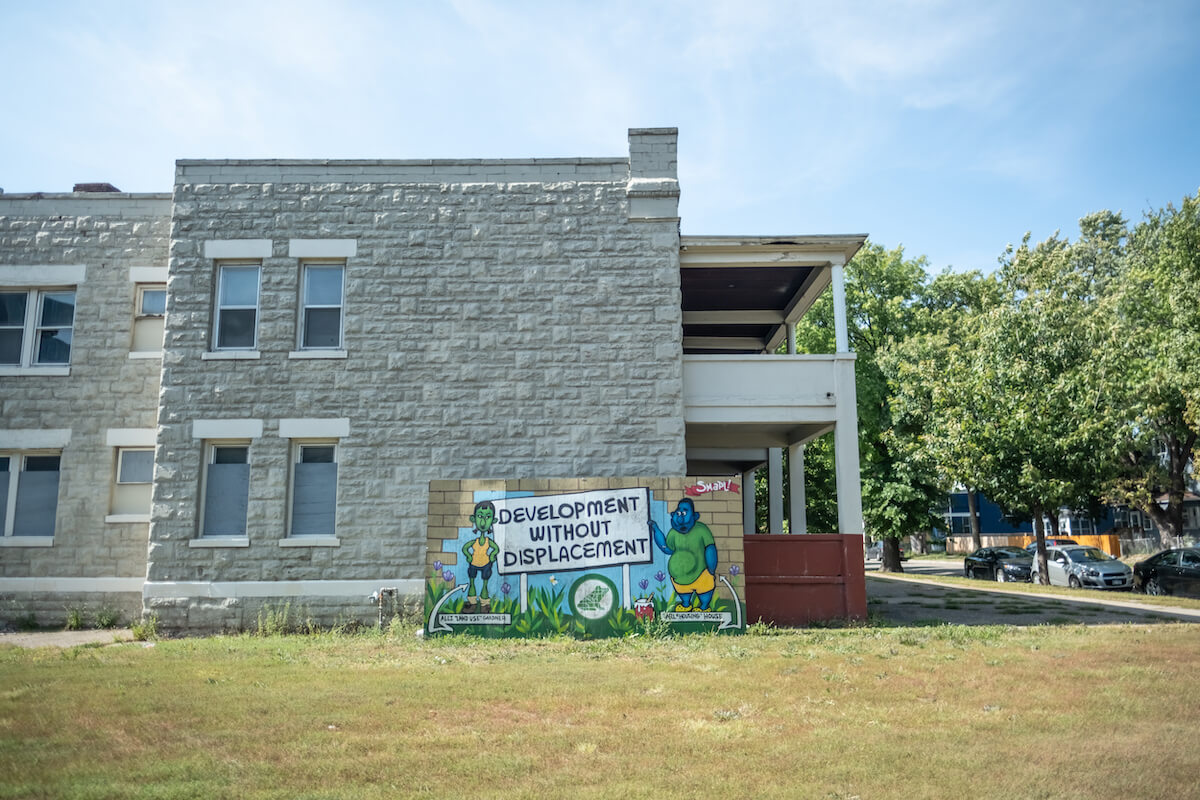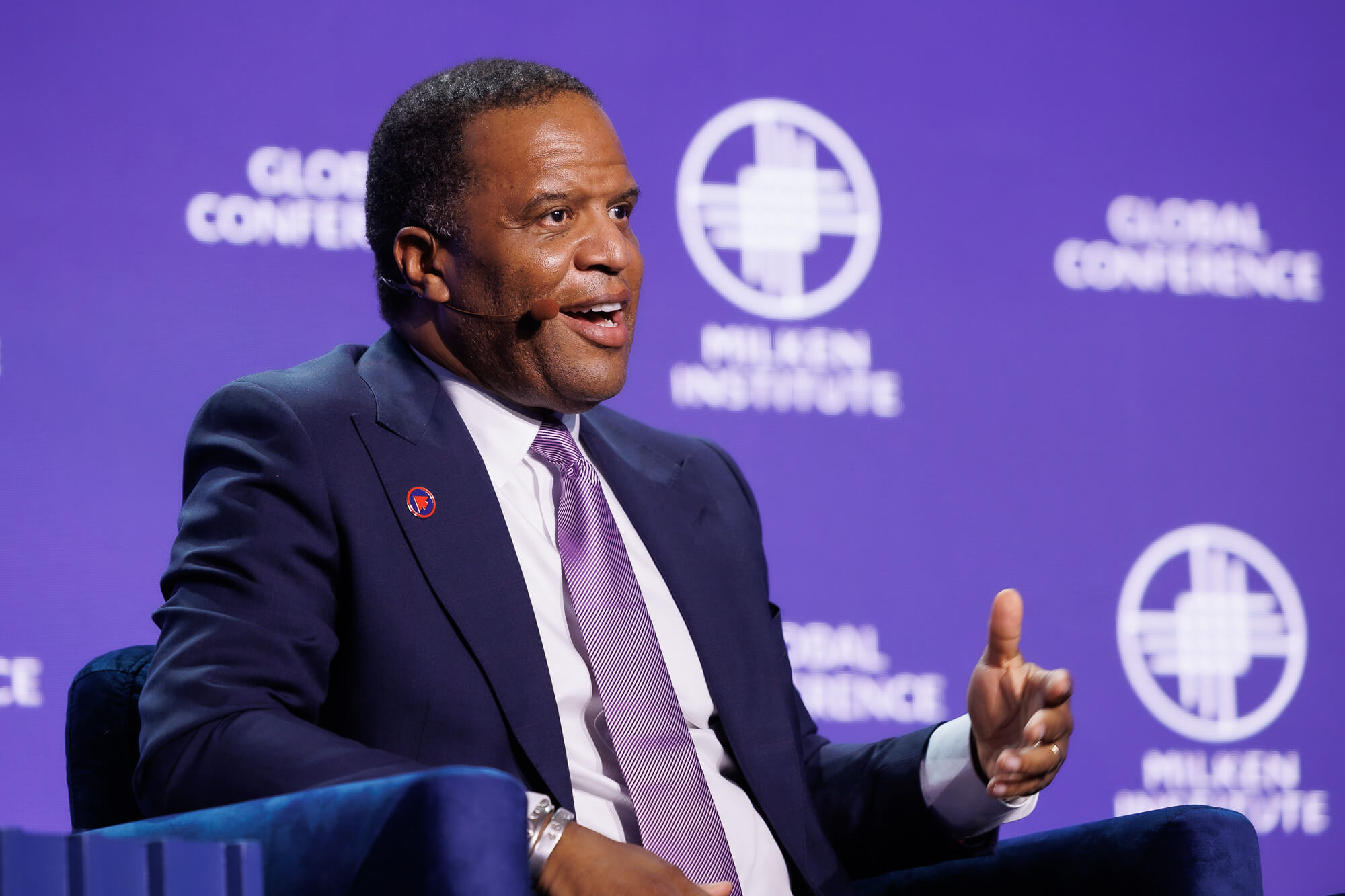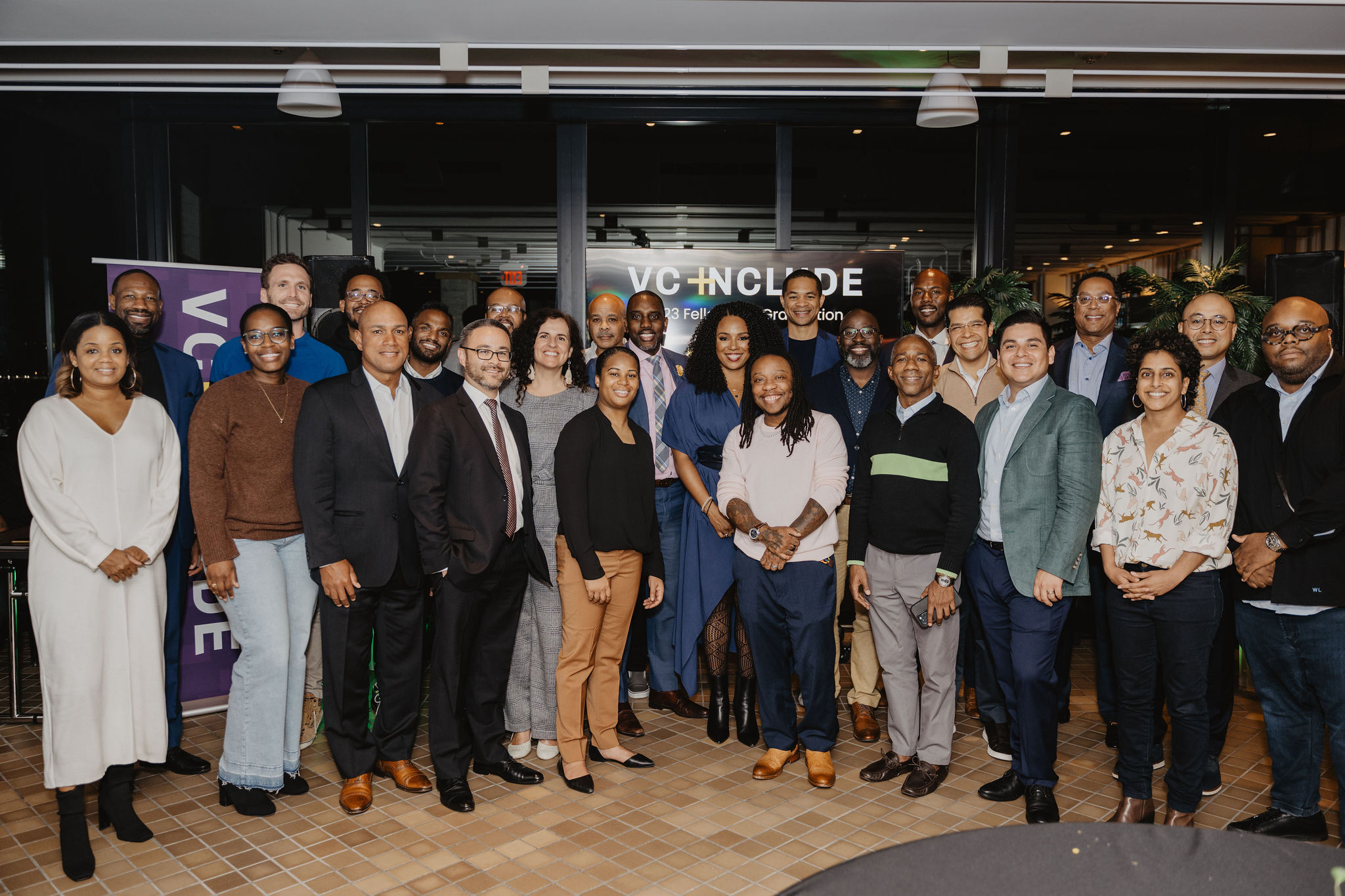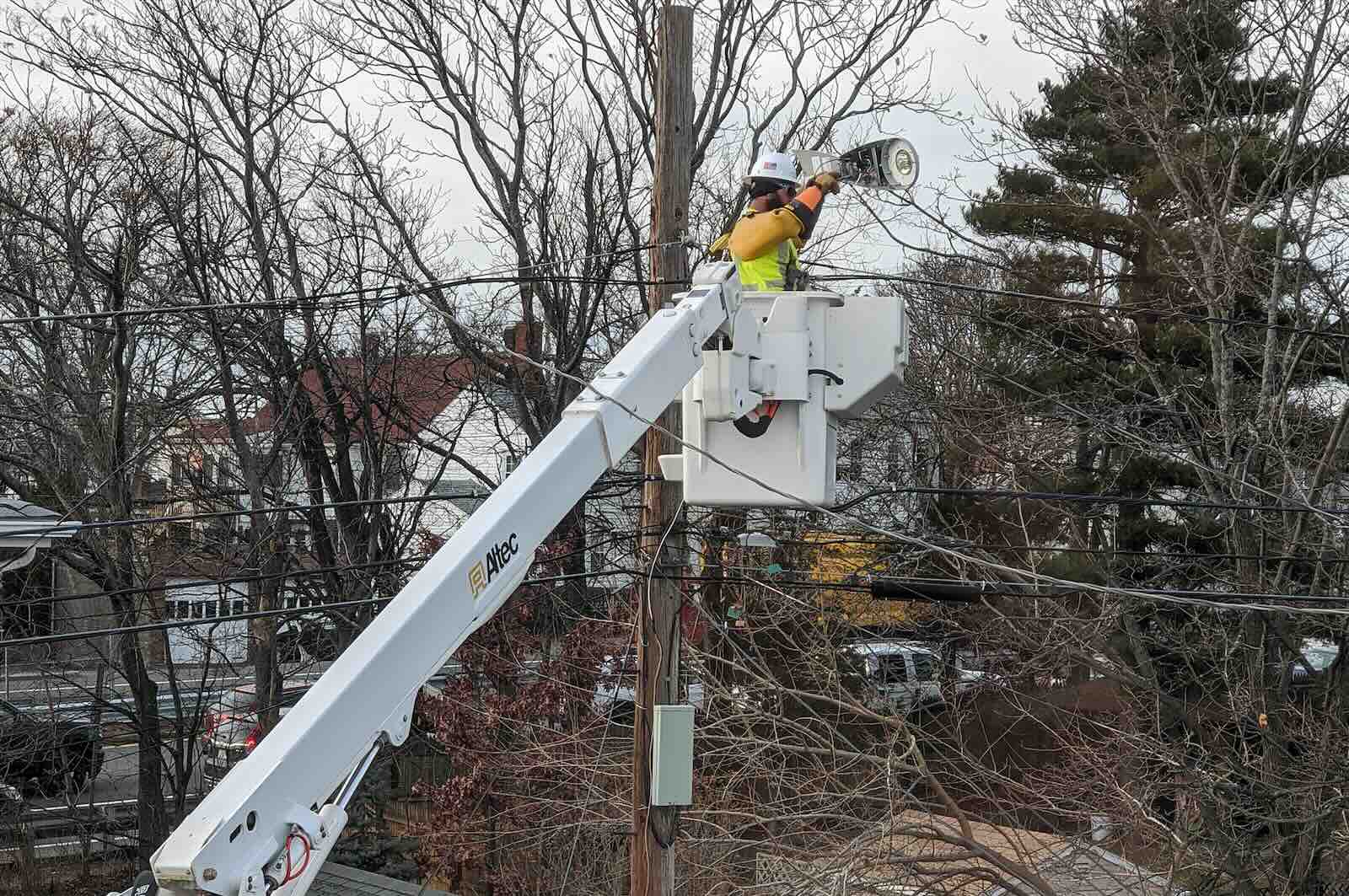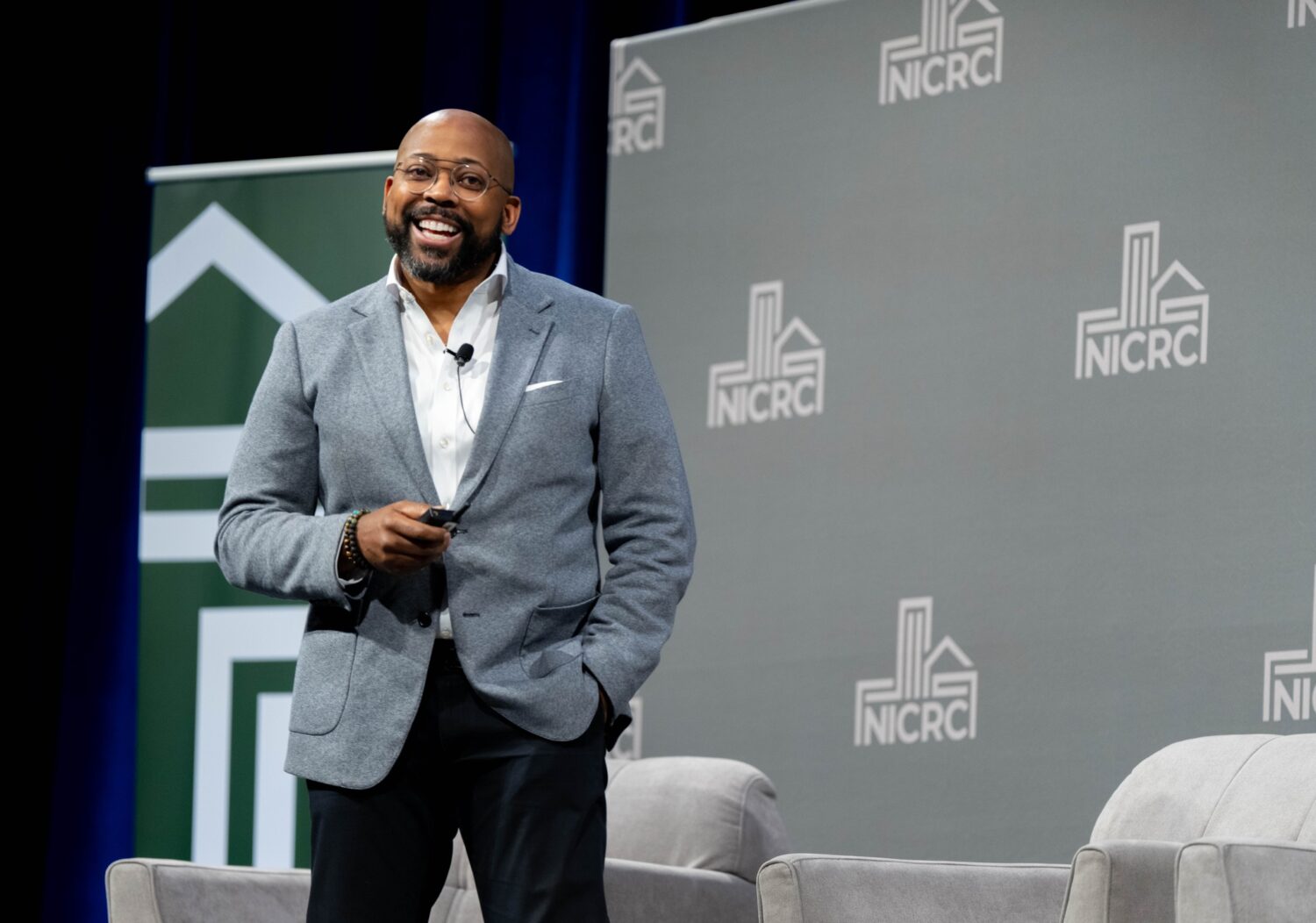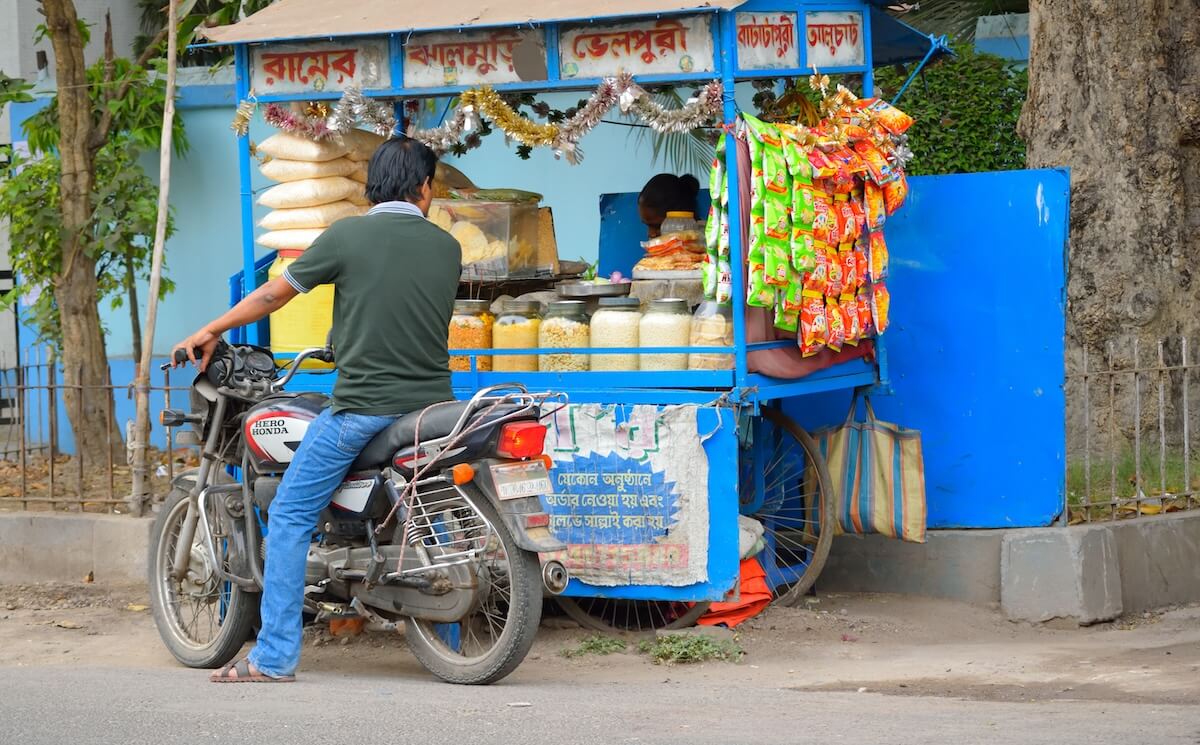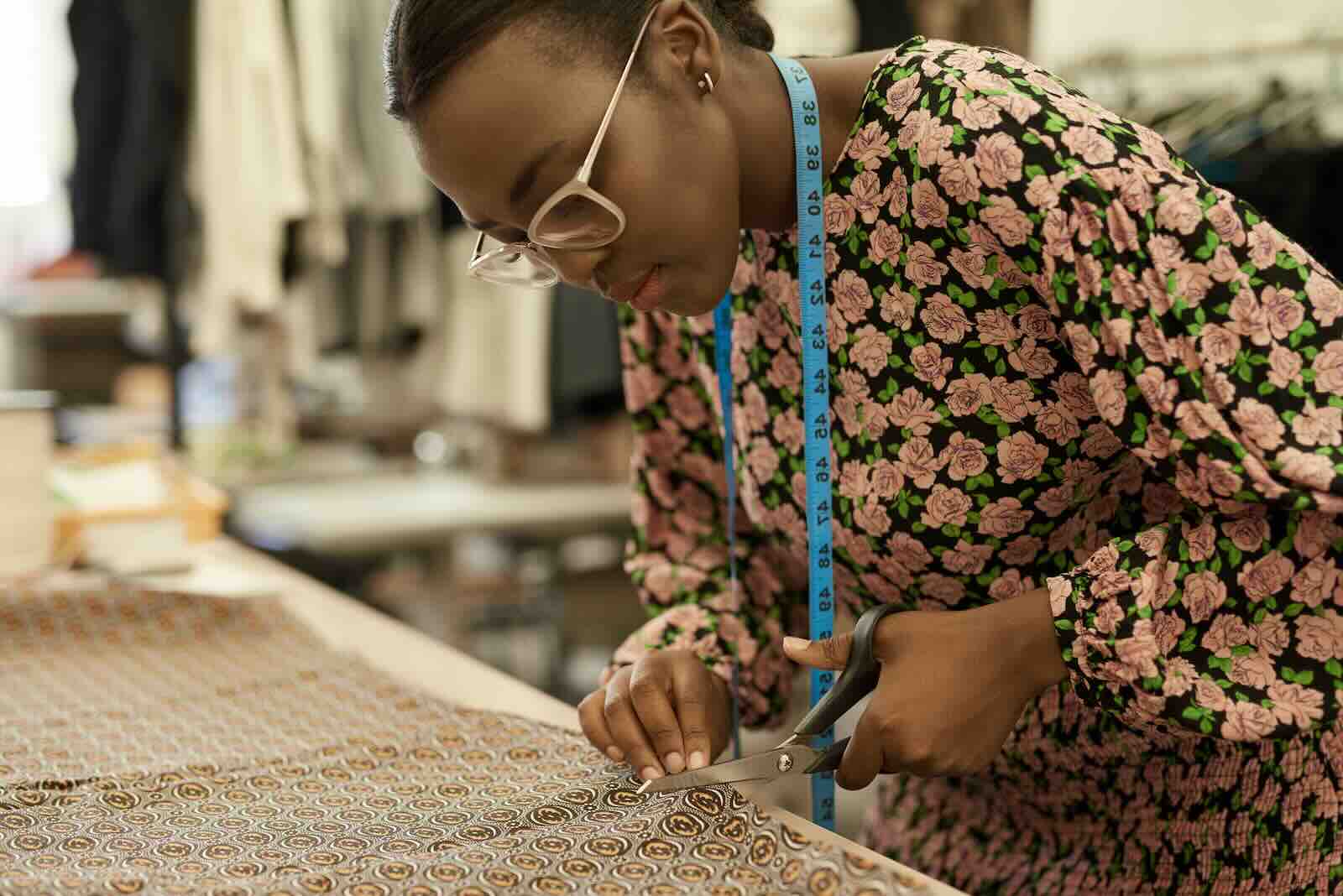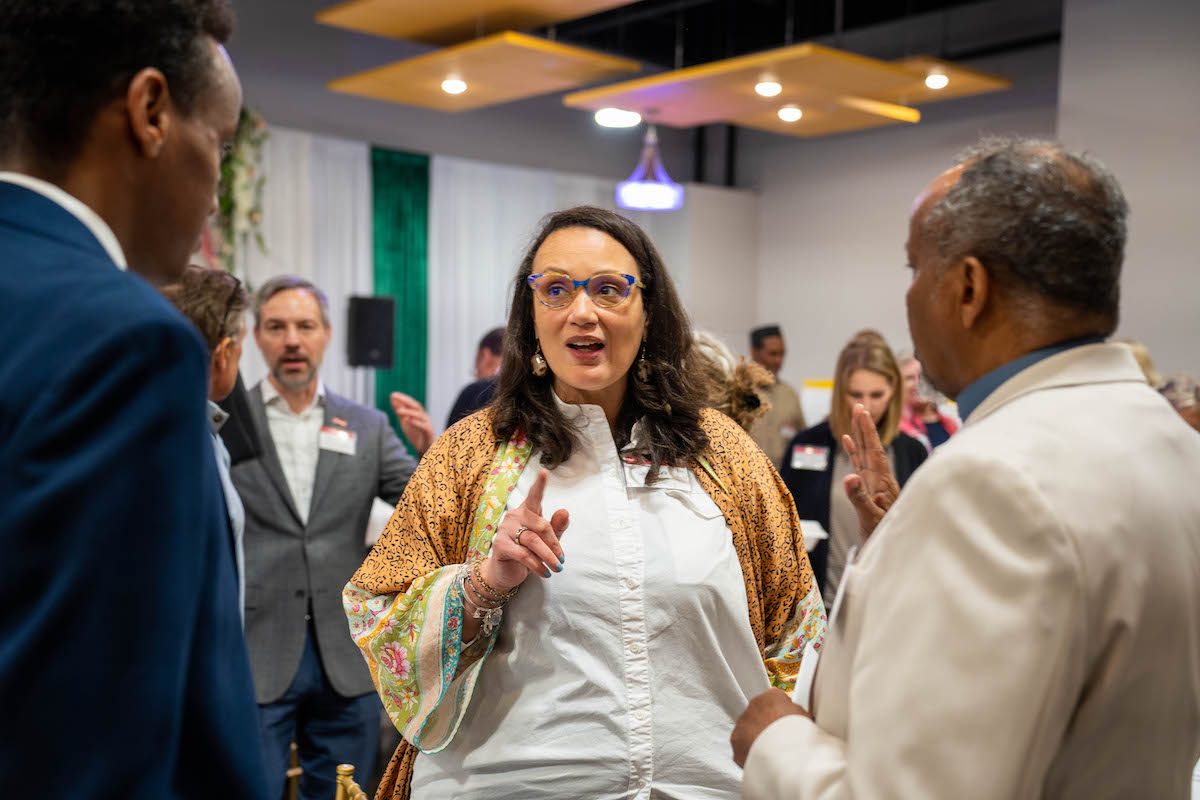This series of guest posts is part of a partnership between ImpactAlpha and Mission Investors Exchange to present new ideas and perspectives in impact investing. The MIE 2024 National Conference takes place May 7-9 in Los Angeles. If you are a foundation or other philanthropic asset owner, you can learn more about MIE and the national conference here.
The community development sector is in the business of building the essentials for good health. Housing, childcare and senior centers. Supermarkets in food deserts. Protections from climate and extreme weather events.
Meeting these fundamental needs is critically important. But to truly move the needle on health and wellbeing generation after generation, we need to think about the systems and policies that affect how capital flows through communities.
Rather than helping just one neighborhood, one ZIP code, or one community thrive, impact investors can invest in the whole system of community development with the added aim of eradicating systemic racism in the capital markets.
To find our role in this sea change, the impact investments team at Robert Wood Johnson Foundation is continuously exploring these questions: How does structural racism show up in community development finance? How can we help eradicate it? And what does a reimagined community development system look like in practice? How can we go where the money is not flowing?
We don’t have all the answers, and we are learning as we go. We can share four guiding practices that are helping us and our investment partners address these questions:
- Providing flexible financing in rural communities
- Strengthening the financial system in Indigenous communities
- Advancing new models of community ownership
- Lifting up leaders of color as the future of community development
Providing flexible financing in rural communities. As a philanthropy focused on transforming health in the United States, RWJF generally does not provide “place-based” funding. Yet, we recognize that certain types of places – for example, rural and Indigenous communities – have experienced extraction of jobs and natural resources and a historical lack of investment by private- and public-sector investors, creating vast health and economic disparities.
Long-term, low-interest-rate financing allows communities to be innovative, opportunistic, and resilient.
Take central Appalachia, which historically has faced chronic underinvestment and economic exploitation impacting health, financial wellbeing, and the environment. A challenge has been creating a lasting, long-term investment pipeline infusing capital across a broad array of economic drivers simultaneously.
We’re excited about the Invest Appalachia Fund, which is providing real estate and small-business loans in four priority areas:
- Clean energy, including renewable energy, energy efficiency, “green” building, clean manufacturing, climate adoption, mine land reclamation and development, workforce development, and community ownership.
- Economic development, including responsible tourism, outdoor recreation, downtown revitalization, commercial real estate, community amenities, and arts and culture enterprises.
- Community health, including workforce and affordable housing, community health facilities, healthcare provider access, addiction treatment and recovery, and childcare and early childhood education.
- Food and agriculture, including family farms and access to healthy food.
The Appalachian region already has a robust, home-grown ecosystem of community development financial institutions, or CDFIs, along with foundations and community development organizations. But bringing in risk-absorbing philanthropic dollars is a game changer in creating broad, long-lasting growth and resilience. It can catalyze the influx of capital into communities that other investors have been reluctant to invest in by providing a buffer from risks that they are not willing to accept. .
Strengthening the financial system in Indigenous communities. Building and strengthening the community development finance system by changing where capital goes and how it is deployed can create a durable foundation for advancing economic opportunity over generations. We know that sounds lofty and aspirational, but if done well, can create lasting change.
We’re seeking to change misperceptions of risk in lending to Native CDFIs that persist despite research that shows their success. These misperceptions have limited their ability to grow and scale.
Our program-related investment loan to Four Bands Community Fund, Inc. seeks to make fundamental changes to the financial system by increasing access to capital and credit in Native American communities. Native CDFIs serve as powerful vehicles for economic growth, leading a movement to fill capital gaps resulting from neglect by conventional institutions. They are playing a role in changing a financial system that was designed and developed in a way that has excluded Native American people from business development, job creation, income generation, and asset building – and in ensuring that Native communities have the tools they need to thrive.
Advancing new models of community ownership. We’re excited about investments aimed at rooting out injustices in home ownership and in the mortgage market in rural areas, while also changing perceptions of risk in lending.
A loan to the Federation of Appalachian Housing Enterprises, or Fahe, aims to expand homeownership by scaling up second mortgage options to bridge downpayment gaps, which are often what puts homeownership out of reach.
The goal isn’t only to provide mortgage loans but to additionally demonstrate the creditworthiness of second mortgages, which few banks offer despite the low financial risk. The aim is to spur and support larger conversations with Fannie Mae and other government-sponsored enterprises around buying second mortgages.
Lifting up leaders of color as the future of community development. And beyond strengthening the community development finance system in the places most affected by inequities, let’s not forget about the people that bring about positive change and can lead the way in showing what an anti-racist community development system looks like in practice.
We believe that communities are more likely to have their needs met by “proximate” community development leaders who bring the expertise of lived experience of the communities they serve – such as Black leaders in majority-Black communities or Native American leaders in Indigenous communities. The organizations benefit from the social capital, trust from within the community, and deep knowledge these leaders may have. Communities are more likely to have their needs met with a proximate leader at the helm of their organizations because they can draw from firsthand knowledge of, and experience with, the communities’ needs.
Sounds simple? It’s not. Community development leaders often face significant expectations for networking and fundraising from their boards. Many enter the CEO role with limited networks in philanthropy. As long-time leaders exit their roles, there is an accelerating trend toward proximate leaders, creating an opportunity to invest in their long-term success and create a more just and equitable community development ecosystem.
For example, LaTorrie Geer is CEO of CommunityWorks Carolina. Born and raised in South Carolina, Geer joined Community Works as a program manager in 2012 and rose to CEO 10 years later. Her vision is to provide small business coaching, access to capital and support for nonprofits that help those in the community who have been “historically cut off from economic resources.”
She’s particularly proud of CommunityWorks’ pilot project to help 40 students start savings accounts and match their deposits in addition to a partnership to invest in Black developers addressing affordable housing shortages with a model she hopes to scale across the state.
In addition to CommunityWorks Carolina, RWJF is providing general operating support to four other organizations that have been transitioning to new leadership under proximate leaders from across the community development sector: Wind River Development Fund, Urban Redevelopment Fund of Pittsburgh, FirstLight Federal Credit Union and Philadelphia Industrial Corps.
The support includes creating opportunities for peer learning,mentorship and coaching along with networking connections to funders and technical assistance to illustrate a new model for philanthropy to support leadership transitions. These organizations span the country from rural Wyoming to Pittsburgh. Their leaders collectively bring decades of cross-cutting experience – from public health to the U.S. Department of Treasury. They share a collective passion and bold vision for their communities.
As a relatively new impact investor, we don’t purport to have all of the answers. We believe that doing our part to dismantle structural racism in impact investing is critical to realizing a nation where health is not a privilege for some, but a right for everyone. Moving forward, we will consider our investment opportunities through this lens.
Zoila Jennings is the lead impact investment officer at the Robert Wood Johnson Foundation.

